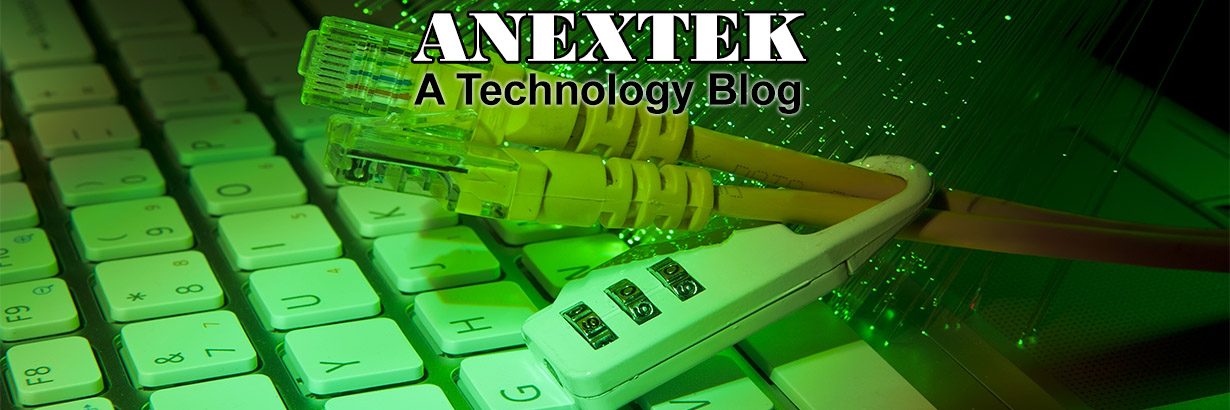PVD Thermal evaporation uses a metal wire that is fed onto a ceramic evaporator. The heat generated by the process causes sputtering to occur, which ejects particles on a random trajectory. Sputtering deposits a thin film of metallic particles onto what is called the substrate.
This technology was used in almost all metallic layers of semiconductors. Evaporation is still used inside of labs all across the nation, but sputtering is used in silicon technologies too. The dimensions of the transistors used have increased in mass, while the layers that are deposited onto them have largely had to remain the same.
As a result, more metal is needed to cover the surface area of the substrate.
The heat from vacuum deposition systems causes the metal to melt into a pool that is collected in what is called “the boat” of the apparatus. The name comes from the shape of the collection trough, which resembles a small canoe or a skiff. The melted metal is further heated until the energy transfers it into a gaseous substance.
The source material is then placed into a crucible, which is then heated by an electric filament. The material in the crucible is heated until it gives off a vapor of its own. This vapor forces atoms to travel in straight lines until they reach the surface, colliding with the substrate and accumulating a piece of metallic film.
Thermal evaporation is still used in high tensile strength films used in Mylar or Melinex.
Bio: Denton Vacuum, LLC is the maker of a thin film vacuum coating apparatus that can assist in the development of biomedical and industrial products.
